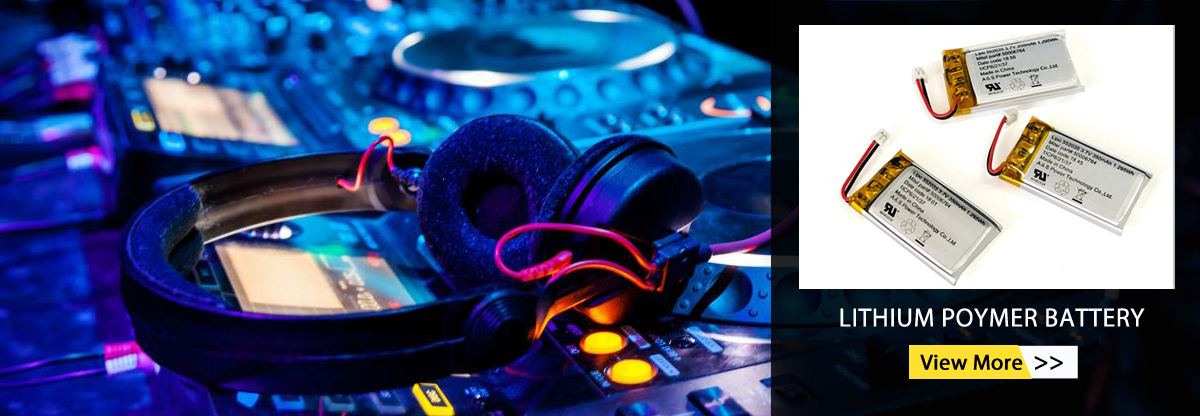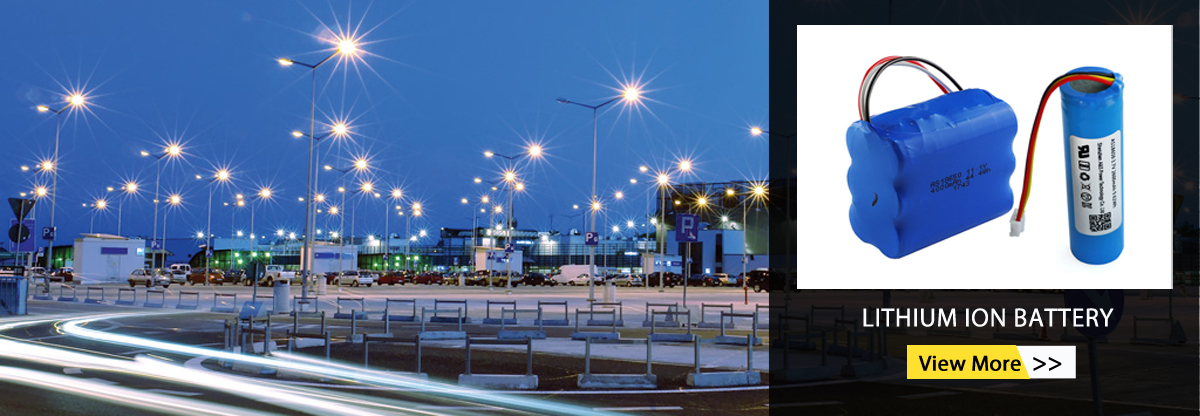Why does the Lithium polymer battery capacity decrease in winter?
2021-07-02
Please analyze from these points:
Since entering the industrial market, Lithium polymer batteries have been favored by people for their long life, large specific capacity, and no memory effect.
However, the use of Lithium polymer batteries in low temperature environments has problems such as low capacity, severe attenuation, poor cycle rate performance, obvious lithium evolution, and unbalanced lithium deintercalation. With the continuous expansion of this application field, the restrictions brought by the low temperature performance of Lithium polymer batteries are becoming more and more obvious.
It is reported that the Lithium polymer batteries discharge capacity at -20 ° C is only about 31.5% at room temperature. The operating temperature of traditional Lithium ion batteries is between -20 ~ + 55 ° C. However, in the fields of aerospace, military, and electric vehicles, the battery is required to work normally at -40 ° C. Therefore, it is of great significance to improve the low-temperature properties of Lithium-ion batteries.
Factors restricting the low-temperature performance of Lithium polymer batteries
1. In low temperature environment, the viscosity of the electrolyte increases; even the partial solidification causes the conductivity of the Li-polymer batteries to decrease.
2. The compatibility between the electrolyte, the negative electrode and the separator is deteriorated in a low temperature environment.
3. In the low temperature environment, the lithium in the negative electrode of the Li-polymer battery is severe, and the precipitated lithium reacts with the electrolyte, and the product deposition causes the thickness of the solid electrolyte interface (SEI) to increase.
4. Under low temperature environment, the diffusion system of Li-polymer battery inside the active material is reduced, and the charge transfer resistance (Rct) is significantly increased.
Summary
To ensure the low temperature performance of Lithium-ion batteries, the following points need to be done:
1. Form a thin and dense SEI film;
2. Ensure that Li + has a large diffusion coefficient in the active material;
3. The electrolyte has high ionic conductivity at low temperatures.

In addition, the research can take a different approach and set its sights on another type of lithium-ion batteries-all-solid-state lithium-ion batteries. Compared with conventional lithium-ion batteries, all-solid-state lithium-ion batteries, especially all-solid-state thin-film lithium-ion batteries, are expected to completely solve the problem of capacity degradation and cycle safety of batteries used at low temperatures.












